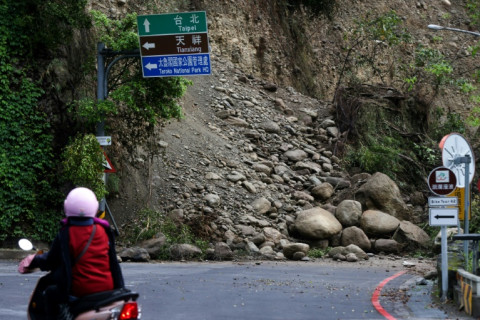Honduras: Ancient White City artefacts removed from jungle
Archaeologists in the dense jungle of Honduras began extracting dozens of artefacts on 12 January from what is thought to be the mythical White City, a site where they believe twin cities from an ancient civilisation once thrived. The artefacts were unearthed at the site of an unknown civilisation which was discovered in 2012, in the eastern Mosquitia region of Honduras, about 200 miles north-east of the Honduran capital.
President Juan Orlando Hernandez visited the site and talked to archaeologists who worked amid tight military surveillance because the site is located in an area where drug cartels operate. The excavation site continues to be guarded by army troops to protect it from looting and the presence of drug traffickers. The remains point to a civilisation with advanced artistic and engineering skills which are distinct from ancient Mayan cites also known to the region.
A vessel with handles shaped like the head of a vulture and a tray with a jaguar's head made from clay dating from 1000 to 1500 AD, were among the artefacts extracted from a ceremonial city dubbed Jaguar City and were presented in Catacamas, located in eastern Honduras.
They are among more than 60 objects, including mostly buried stone sculptures resembling men and jaguars as well as the remains of a pyramid and other structures. The pre-Columbian ruins are believed to date from between 1,000 and 1,200 AD and were first detected in 2012 using aerial mapping techniques.
"For the first time we're able to study this culture systematically. And we're also able to draw the world's attention to La Mosquitia," said archaeologist Christopher Fisher, at a press conference where some of the artefacts were displayed.
The mythical White City was first mentioned by Spanish colonisers in the 16th century. Another lost City of the Monkey God was popularised by American explorer Theodore Morde who claimed he made the discovery in the same region of Honduras in 1939.
© Copyright IBTimes 2024. All rights reserved.






